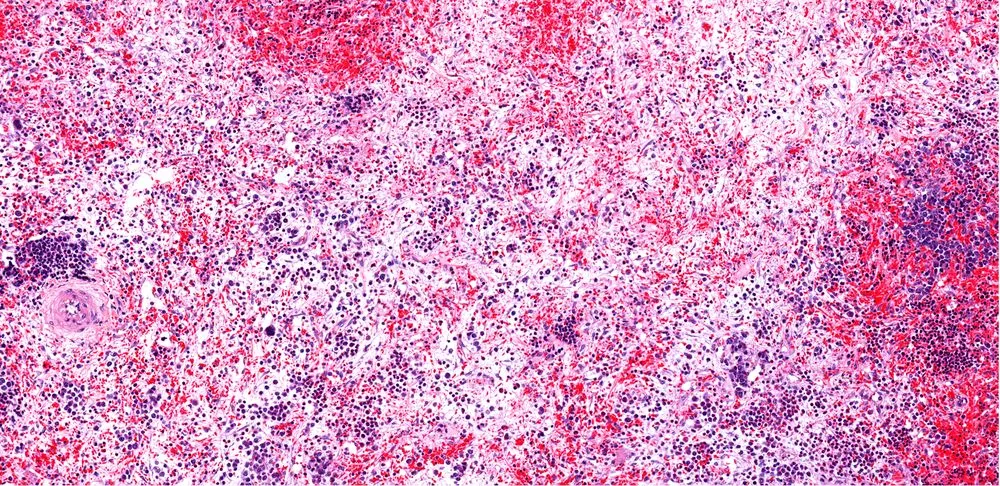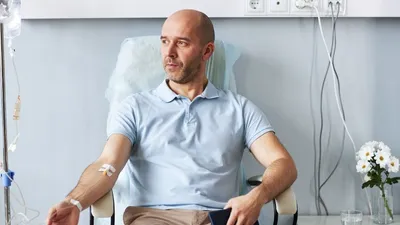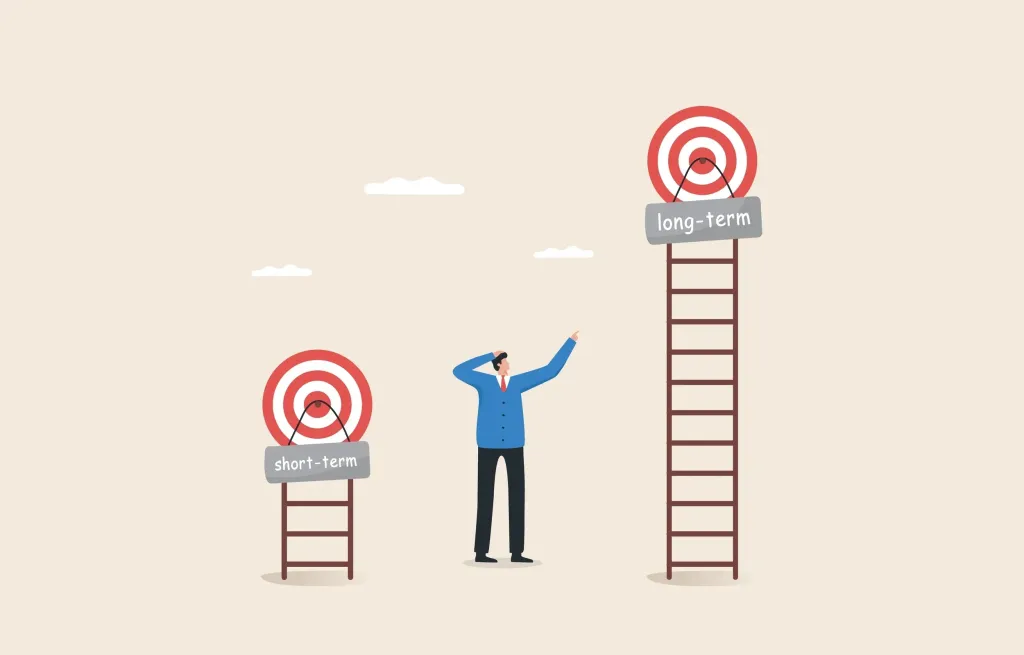What Is The Risk Of Relapse With MDS?

Myelodysplastic syndromes are a group of blood disorders that affect how bone marrow makes blood cells. They can lead to low blood cell counts (cytopenia) and the inability of bone marrow cells to develop properly (dysplasia).
MDS is considered incurable if treated only with chemotherapy, and not all patients who undergo a bone marrow transplant are cured. Research studies focus on expanding alternatives for patients who can’t receive a transplant to get closer to a cure. When a patient has a good response, that means after receiving treatment and having no MDS, it stays that way for some time, but eventually, it returns.
MDS patients are classified according to the risk of their disease progressing into acute leukemia. The therapies administered and treatment goals will be adapted to that risk:
- For low-risk patients, doctors will try to minimize any symptoms with medication as much as possible.
- For high-risk patients, treatment options will be more aggressive, like a bone marrow transplant, to try to control the underlying disease for as long as possible.
HealthTree University for MDS offers a comprehensive online curriculum with lessons, quizzes, and course discussions. Create a free account today to track your progress and stay up to date on the latest advancements in treating MDS!
We've partnered with MDS experts to help you learn quickly, improve how you navigate your disease, and obtain better outcomes with HealthTree University. Stay up to date on the latest MDS news through our newsletter:
Myelodysplastic syndromes are a group of blood disorders that affect how bone marrow makes blood cells. They can lead to low blood cell counts (cytopenia) and the inability of bone marrow cells to develop properly (dysplasia).
MDS is considered incurable if treated only with chemotherapy, and not all patients who undergo a bone marrow transplant are cured. Research studies focus on expanding alternatives for patients who can’t receive a transplant to get closer to a cure. When a patient has a good response, that means after receiving treatment and having no MDS, it stays that way for some time, but eventually, it returns.
MDS patients are classified according to the risk of their disease progressing into acute leukemia. The therapies administered and treatment goals will be adapted to that risk:
- For low-risk patients, doctors will try to minimize any symptoms with medication as much as possible.
- For high-risk patients, treatment options will be more aggressive, like a bone marrow transplant, to try to control the underlying disease for as long as possible.
HealthTree University for MDS offers a comprehensive online curriculum with lessons, quizzes, and course discussions. Create a free account today to track your progress and stay up to date on the latest advancements in treating MDS!
We've partnered with MDS experts to help you learn quickly, improve how you navigate your disease, and obtain better outcomes with HealthTree University. Stay up to date on the latest MDS news through our newsletter:

about the author
Jimena Vicencio
Jimena is an International Medical Graduate and a member of the HealthTree Writing team. She has a passion for languages and is currently learning Japanese. In her free time, she loves playing with her cats. Jimena is also pursuing a bachelor's degree in journalism.
More on Core Education
Trending Articles
Get the Latest Myelodysplastic Syndromes Updates, Delivered to You.
By subscribing to the HealthTree newsletter, you'll receive the latest research, treatment updates, and expert insights to help you navigate your health.
Together we care.
Together we cure.
3x Faster.









